Human Resource Policies and Strategies at Telstra: A Report
VerifiedAdded on 2022/11/10
|5
|880
|143
Report
AI Summary
This report analyzes human resource policies and strategies, with a focus on their application within Telstra. The paper begins with an introduction to HR policies and their varied implementation across organizations. The core of the report evaluates the impact of HR policies and strategies at Telstra, the organization where the author aspires to work. The author explores three significant perspectives for formulating HR policies as a human resource leader: universalistic, configurational, and contingency perspectives. The contingency perspective is selected as most suitable for analyzing Telstra, considering its focus on identifying correlations between organizational variables. The report also examines the most appropriate strategies for aligning HR policies with organizational objectives, suggesting a collaborative approach incorporating elements from all three perspectives, utilizing a balanced scorecard (BSC). Finally, the report discusses the approach for enlisting key stakeholders through stakeholder analysis and mapping, emphasizing the importance of understanding stakeholder interests and influence to facilitate communication and acceptance of HR changes within Telstra. The report concludes by re-emphasizing the importance of the contingency perspective and the BSC tool for aligning HR policies with business strategy.
1 out of 5
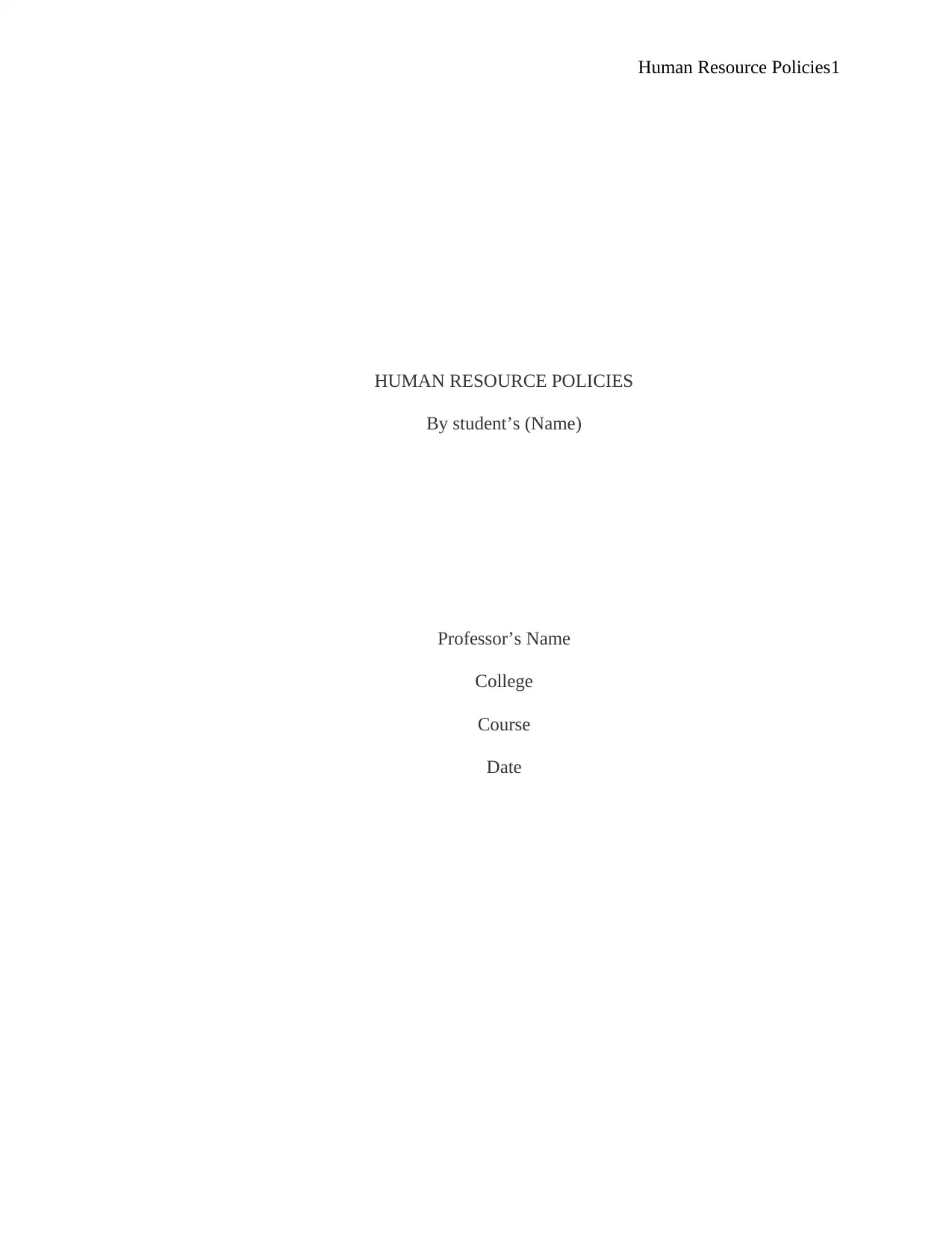
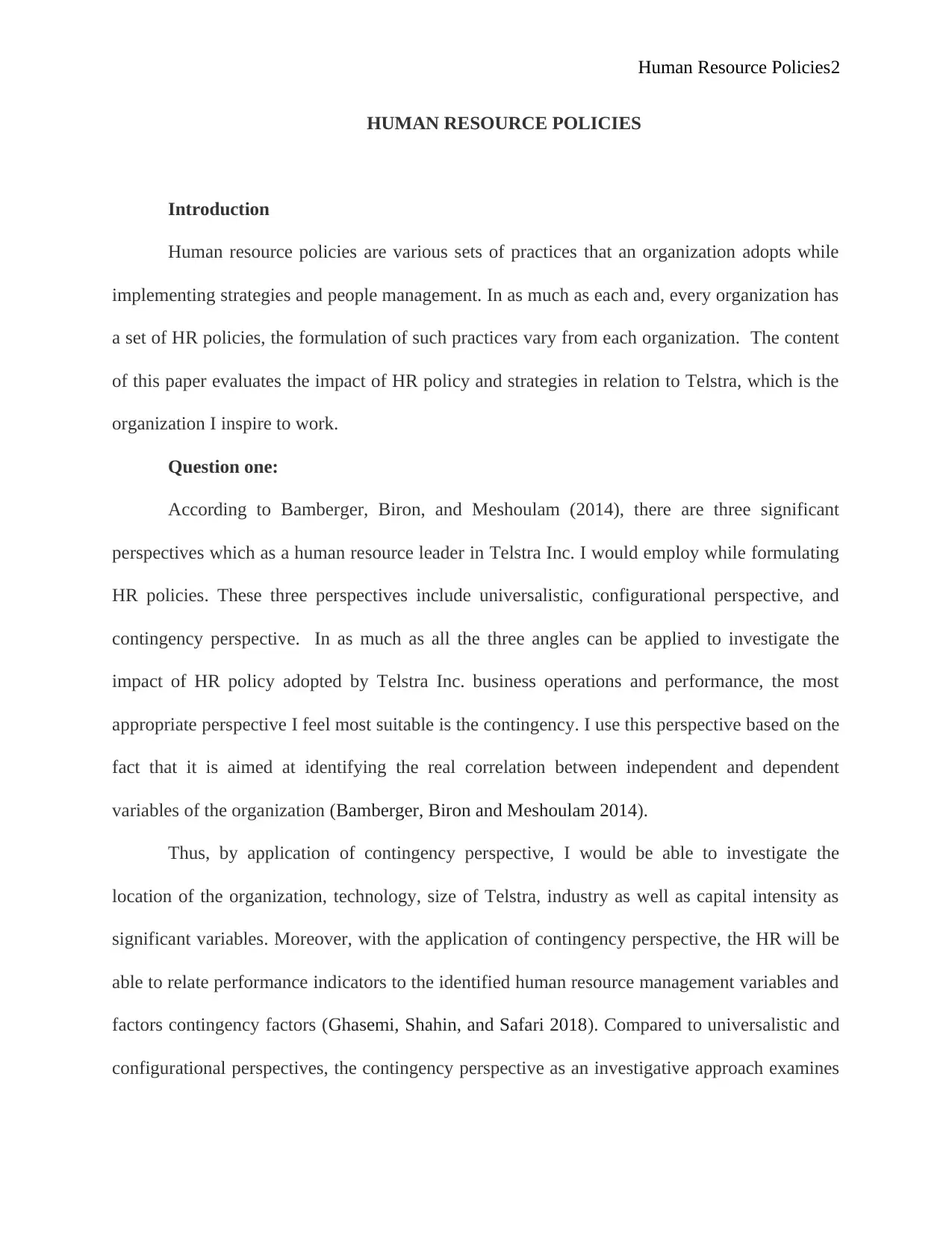
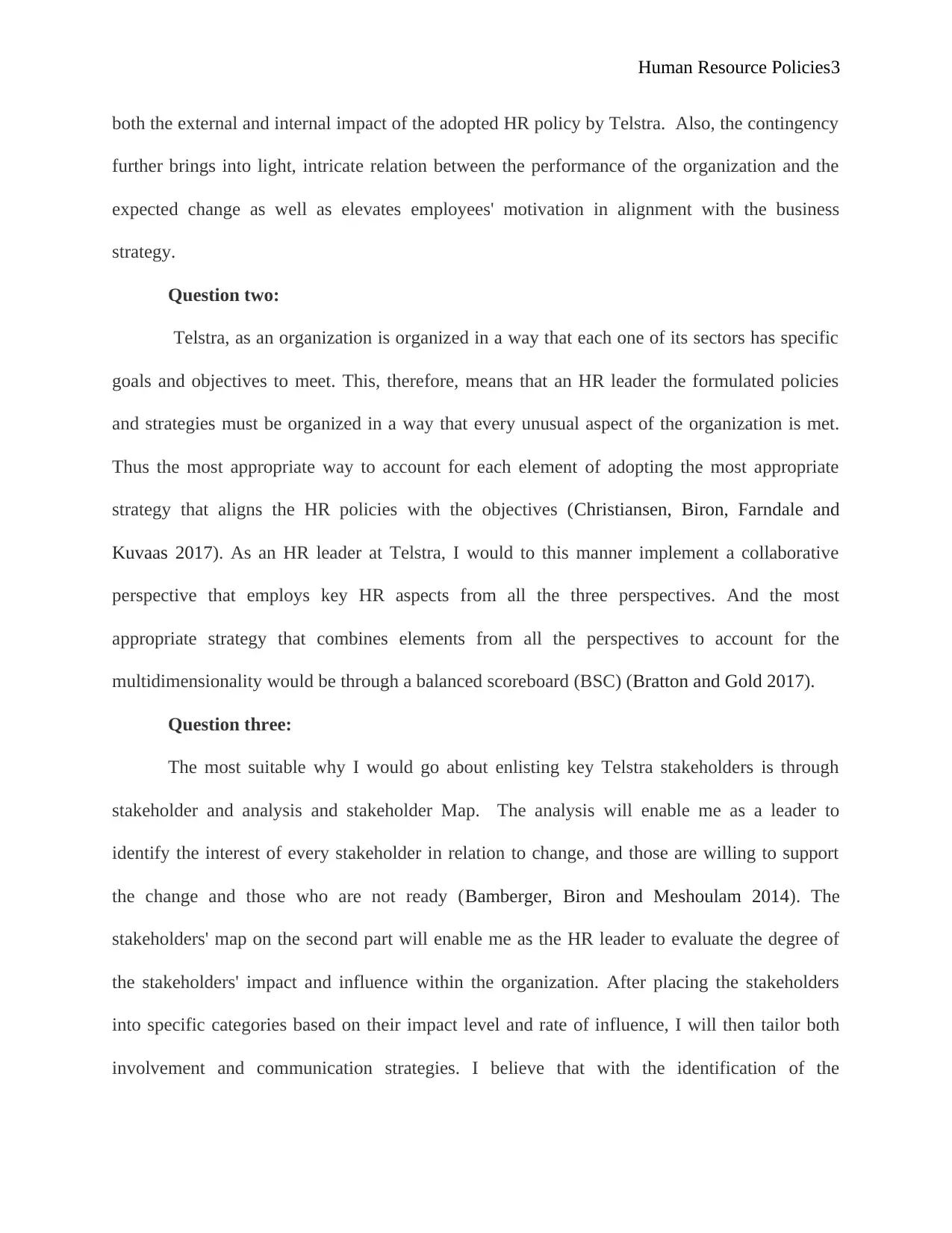

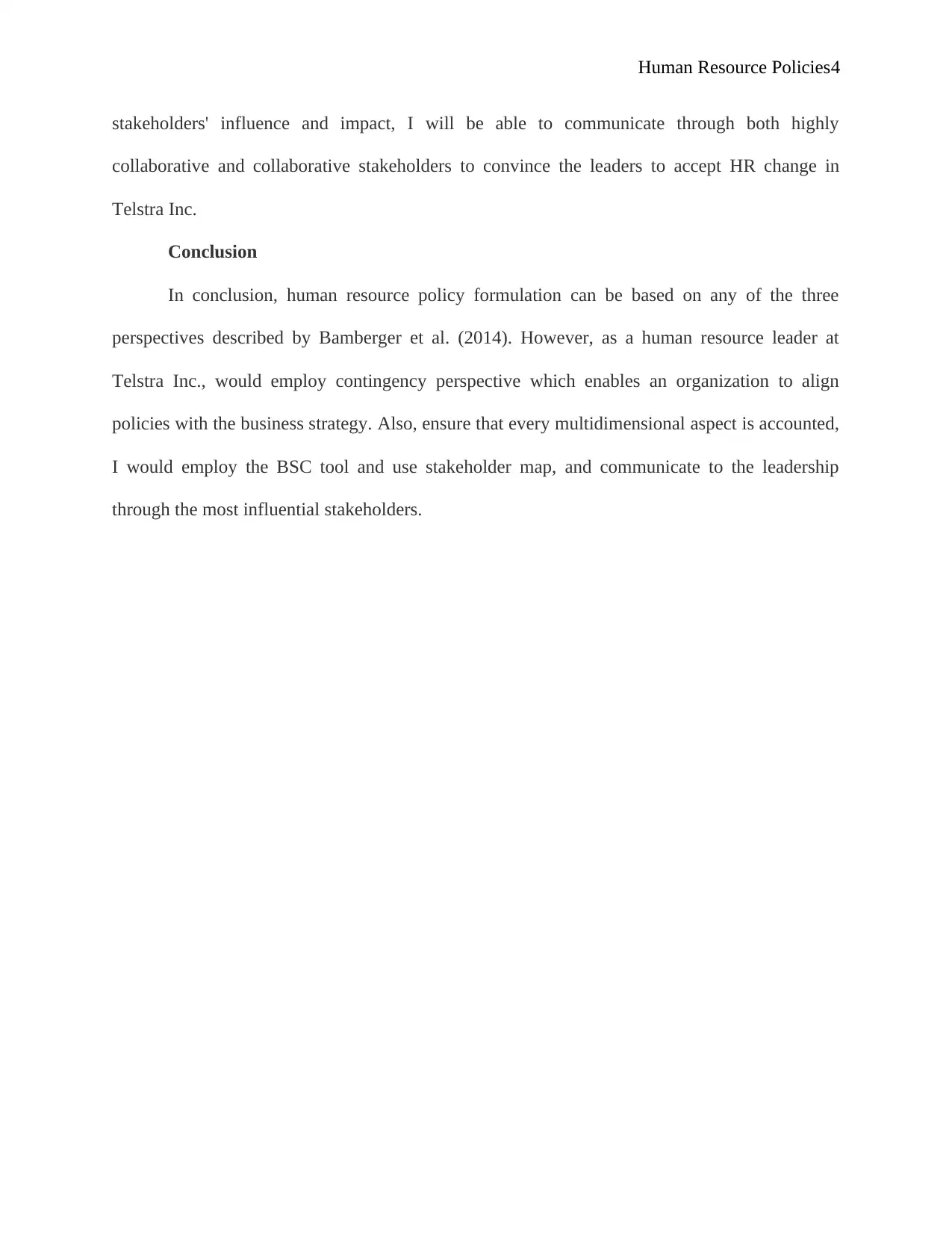
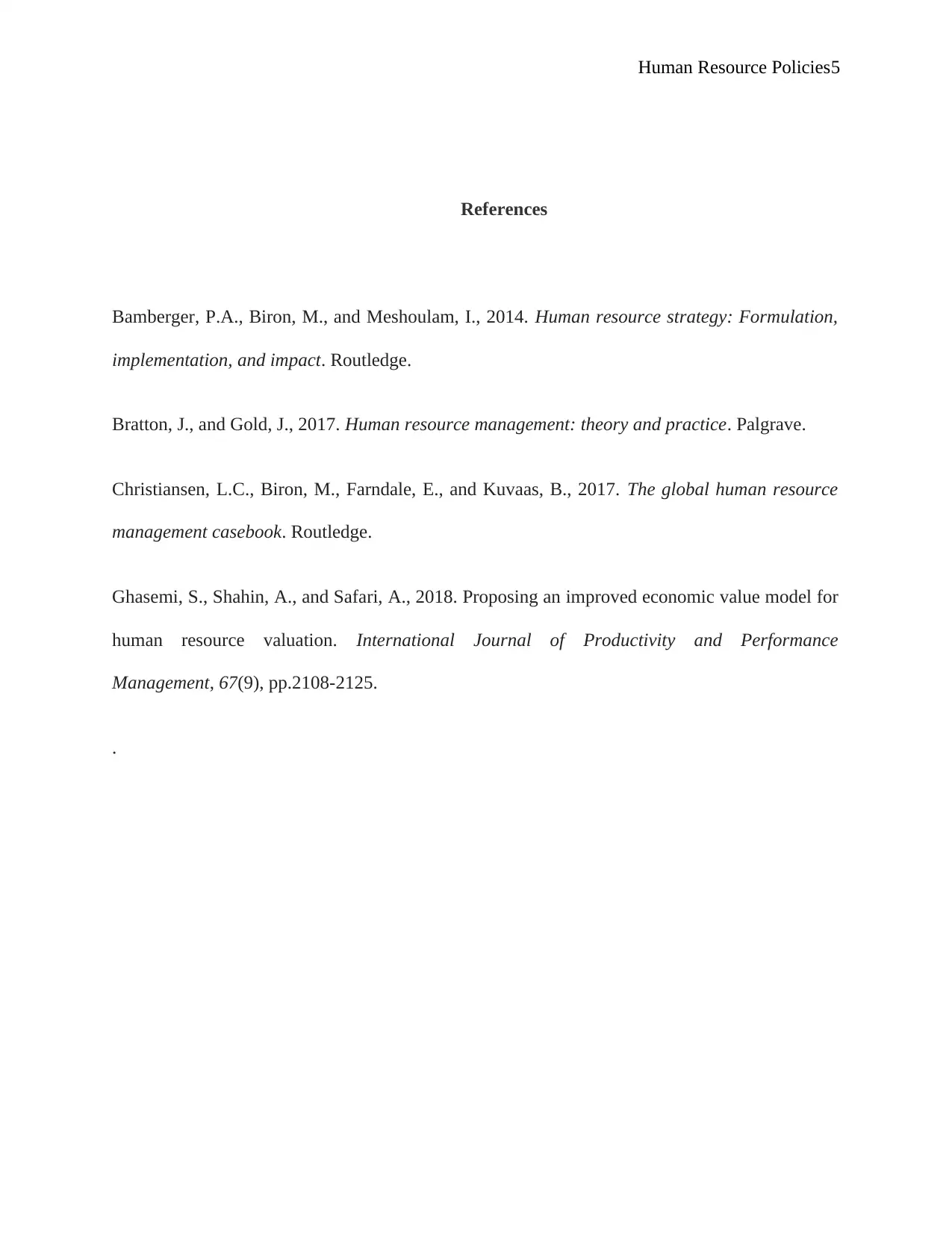





![[object Object]](/_next/static/media/star-bottom.7253800d.svg)